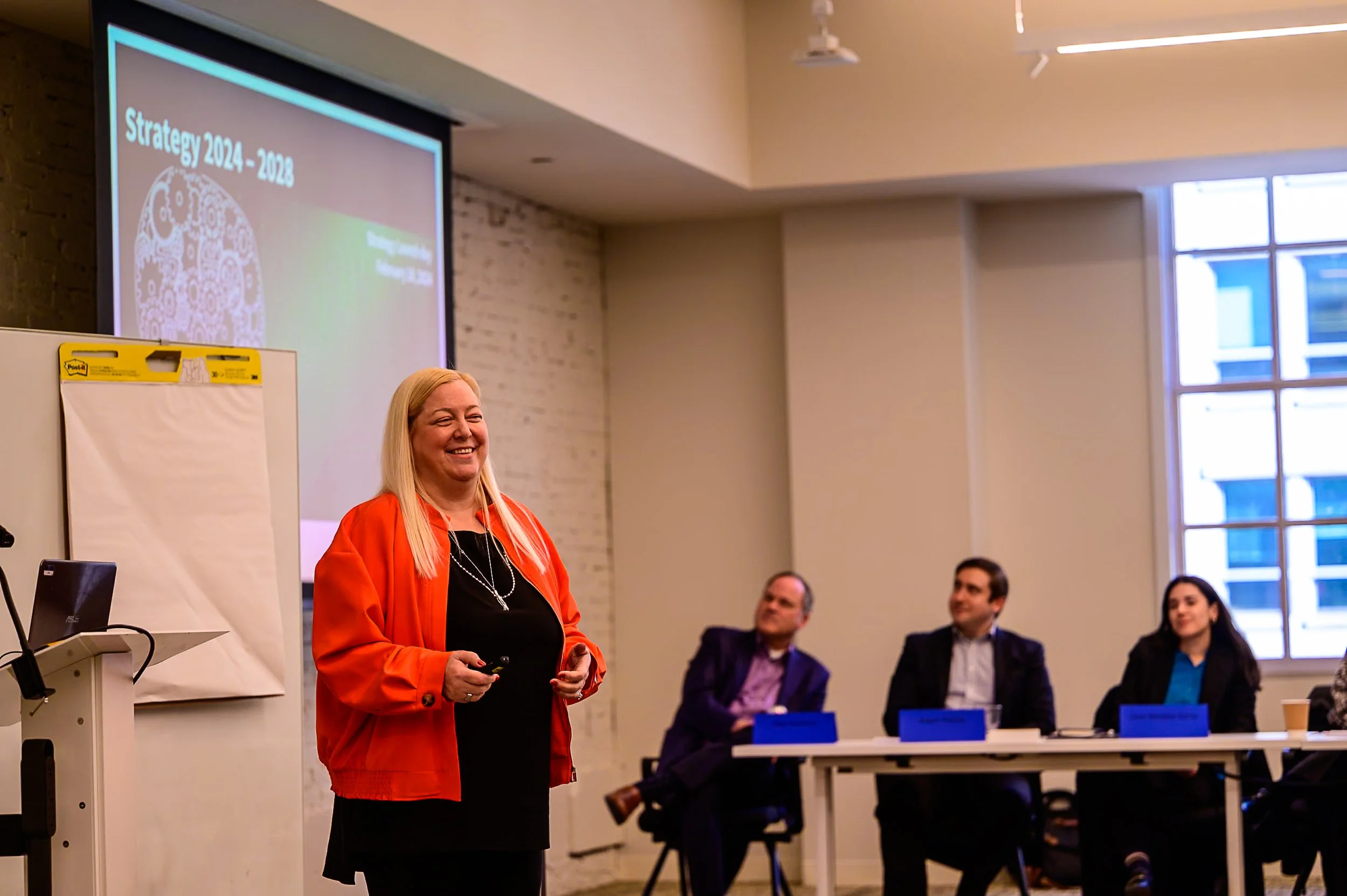Accelerating Results in the Homeland Security Enterprise
Across the U.S. Department of Homeland Security (DHS), priorities change quickly and missions evolve – sometimes even more quickly than agencies anticipate. The need to adapt, quickly identify and implement solutions, and achieve early successes that build momentum towards lasting capability is critical.
Near-term successes, which we call “quick wins” influence future actions, build agency morale, and increase stakeholder confidence.
To deliver and sustain this success-driven pace across all of our projects consistently, Arc Aspicio has developed an integrated framework of methods powered by project accelerators. Accelerators are our company’s practical set of processes, practices, tools, and templates that our consultants use to start up projects, navigate roadblocks, and spur innovation. They decrease the time it takes to start a project and enable our team to look at old challenges through a new lens.
Three examples of accelerators that our teams use to support projects are Quick Risk Reduction, Mission Needs Analysis, and Strategic Off-Sites.
The Quick Risk Reduction accelerator helps teams to identify, communicate, and mitigate risk on a project. During all phases of the project lifecycle, this tool includes steps to take to identify and manage risk. The accelerator is effective on new projects by recognizing risks and implementing new processes or technologies. One of Arc Aspicio’s immigration projects used this accelerator to identify categories for risk and helped the team communicate these to the client, preventing issues and supporting long-term planning.
Another important accelerator is Mission Needs Analysis. This helps our consultants prioritize work in a dynamic homeland security environment. It focuses on stakeholders to identify priorities and organize tasks to achieve them. The Mission Needs Analysis accelerator includes a six-step process: Discover Mission, Identify Stakeholders and Needs, Identify Mission and Objectives, Identify Measures for Success, Communicate, and Develop a Roadmap. One of our emergency management teams used Mission Needs Analysis to develop an Innovation Roadmap to enhance technology that enables community resiliency against floods and other hazards.
The Strategic Off-Sites accelerator enables teams to quickly build customized workshops in which stakeholders discuss mission needs, program goals, and on-the-ground operations to look at challenges in new ways and generate ideas that meet the goals of the company. One of our teams used this accelerator to develop a multi-year strategic plan with specific objectives and initiatives to execute the client’s mission.
Accelerators achieve success quickly for both new and existing clients, while also reducing cost in a difficult budget climate.





















